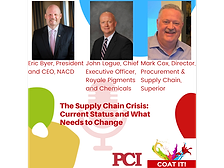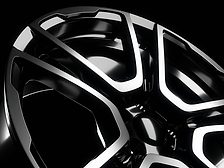Featured on Home Page
sponsored content
Transform coatings from “good enough” to “high performance”
June 27, 2022
Keep the info flowing with our eNewsletters!
Get the latest industry updates tailored your way.
JOIN TODAY!Copyright ©2025. All Rights Reserved BNP Media.
Design, CMS, Hosting & Web Development :: ePublishing



.jpg?height=168&t=1654523773&width=275)
.jpg?height=168&t=1655731488&width=275)





